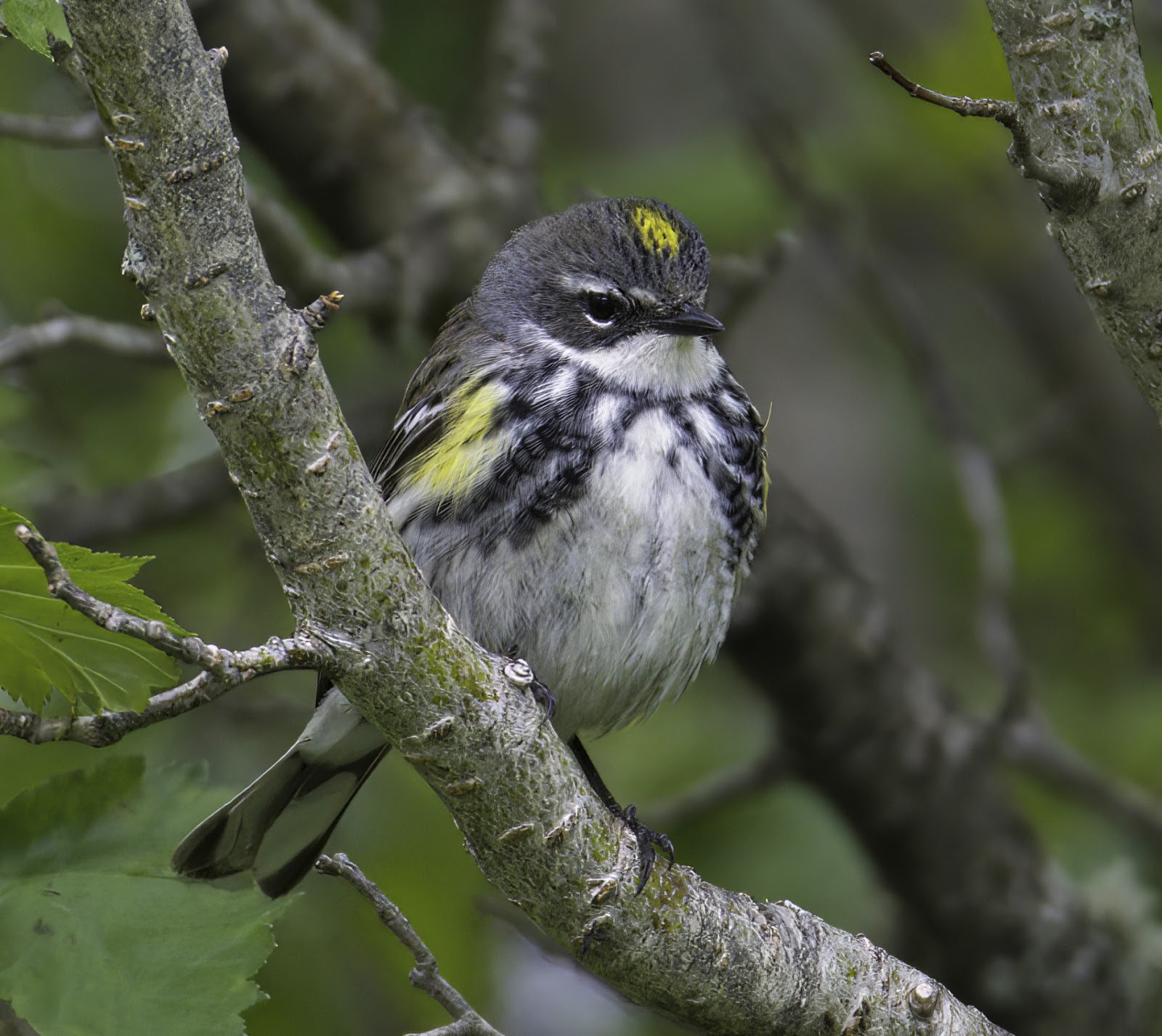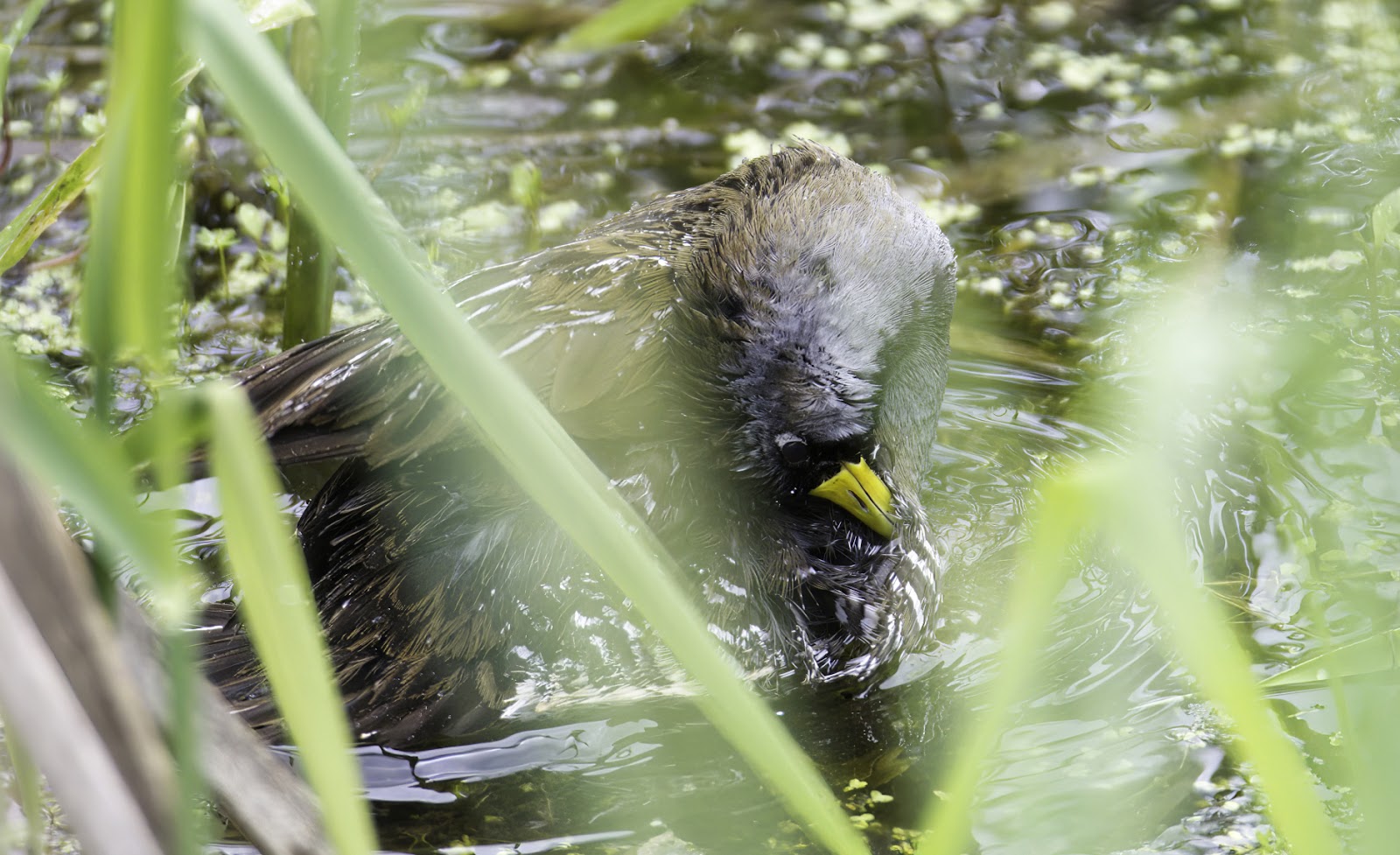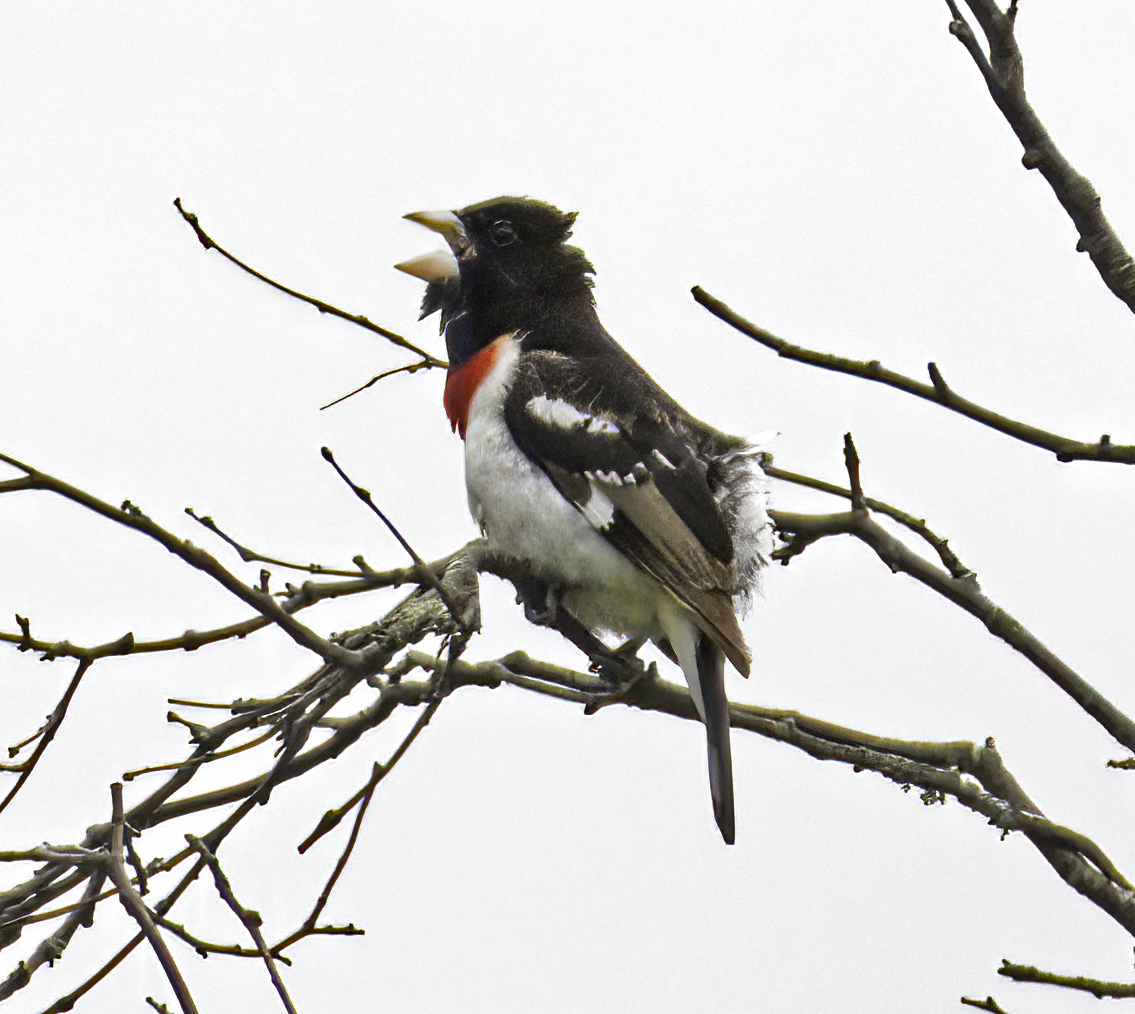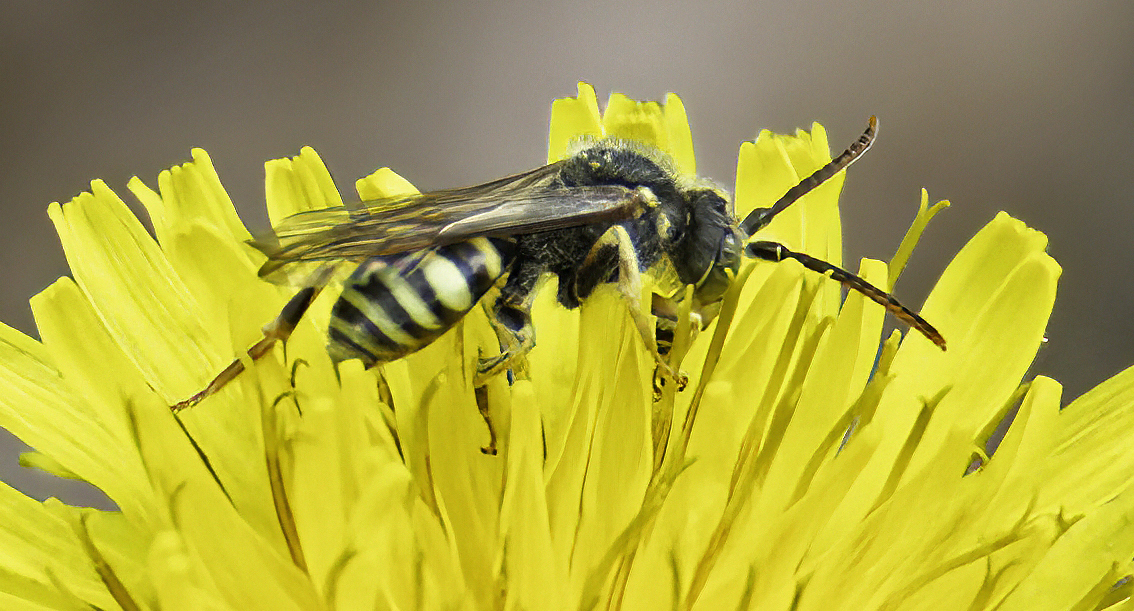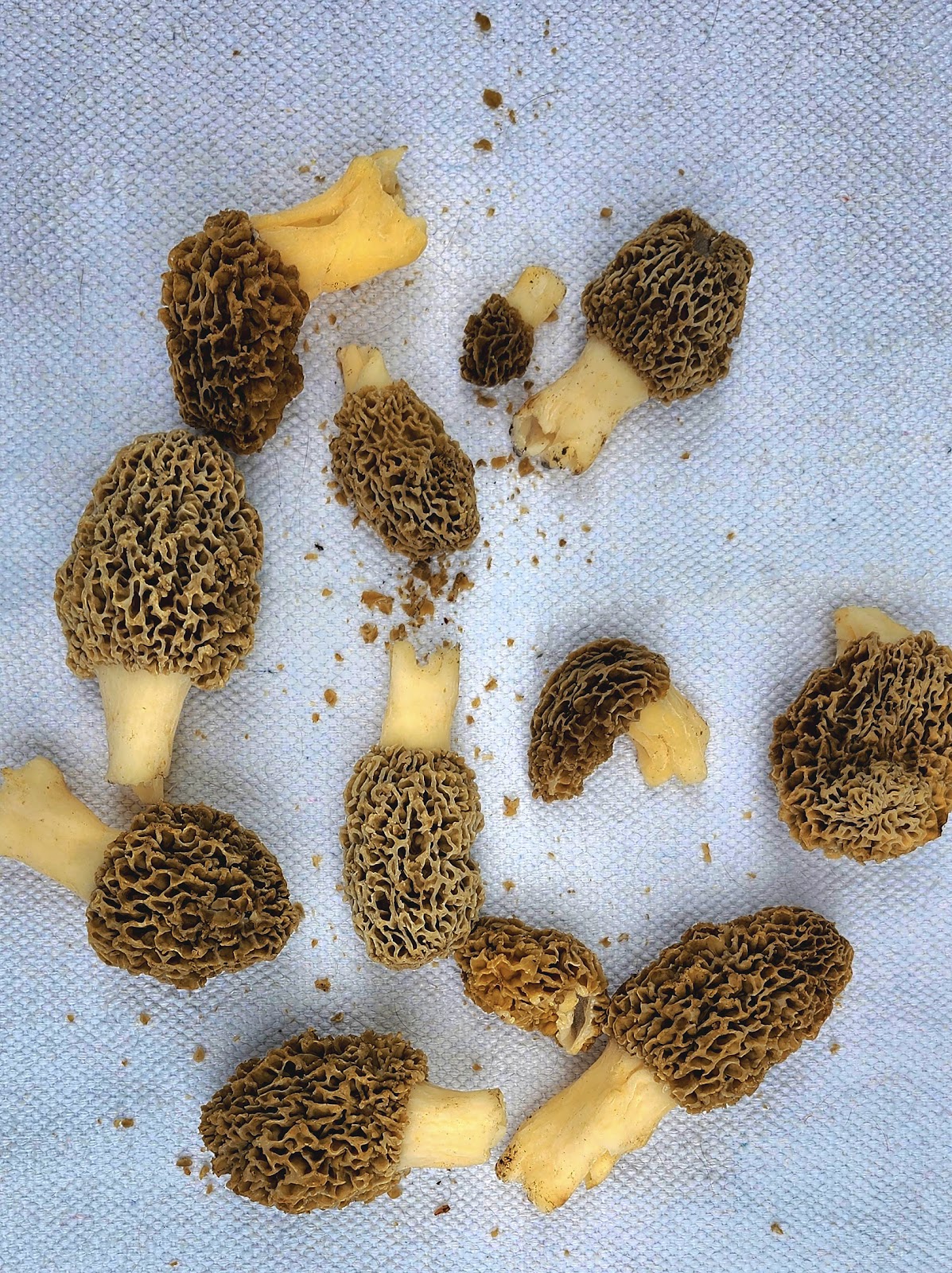NATURE
MONCTON NATURE NEWS
May 25, 2025
Nature Moncton members, as
well as any naturalist in New Brunswick or beyond, are invited to share
their photos and descriptions of recent nature sightings to build a fresh
(almost) daily edition of Nature News
To
respond by e-mail, please address your message to the information line
editor, nelsonpoirier435@gmail.com .
Please
advise the editor at nelsonpoirier435@gmail.com and the proofreader
Louise Nichols at Nicholsl@eastlink.ca if
any errors are noted in wording or photo labelling.
For more information
on Nature Moncton, check the website at www.naturemoncton.com
Proofreading
courtesy of Nichols nicholsl@eastlink.ca
To
view the live feed of the Peregrine Falcon nest cam on the summit of Assumption
Place in Moncton, go to:
(Editor’s note: I’ve been trying to text the peregrine
falcon family to let them know it’s going to warm up next week, but the message
keeps getting returned!)
**Jane LeBlanc had a blue-headed vireo visit her yard on Saturday to provide for an excellent photograph.
**The false morel mushroom (which is not
considered edible) is a fairly common species of mushroom to find in New
Brunswick in the spring. The true morel mushrooms, which are considered edible
delicacies, are much more uncommon and when found are usually associated with burned-over
areas the year after the fire has occurred.
It was therefore quite a surprise for
Pierrette Mercier to find a group of true yellow morel mushrooms (Morchella
esculenta) growing in a backyard in Riverview with no known history of
fire pit or burn over. Pierrette shares several photos of her find that show
the ice cream cone stature with a distinct hollow stalk. The true morel comes
as the black morel (Morchella elata) and the yellow morel. It appears
Pierrette’s find is the yellow morel, both of which are equally delectable
edibles.
(Editor’s note: Nelson Poirier was able to
collect a mother lode of this delicacy the year after a burn over near
Miramichi, which is the only time he has found them in quantity. He has also
found small numbers around old fire pits in wooded areas, but never at a random
site, as Pierrette did.)
**On Thursday morning, a pair of gray catbirds visited Brian Stone's yard and foraged for insects and other items for about 20 minutes. Hopefully, they will be pleased with their results and might nest in the vacant lot next door. Brian took a few photos of them through his kitchen window as they wandered around the yard.
Nelson Poirier has a gray catbird coming to a
jam feeder, but so far, it is not cooperating for photos.
(Editor’s note: The gray catbird has a plain
grey plumage, but the bright cinnamon undertail coverts are a striking
signature when seen in addition to the less obvious black crown, as Brian’s
photos show.)
Brian also shares a very interesting article
on the decline of the snowy owl, which we all would want to be aware of. Check
out the link below:
https://www.cbc.ca/news/canada/montreal/snowy-owl-threatened-quebec-1.7540040
Brian photographed a bee on a flower that we
were not able to identify. BugGuide has identified it as a nomad bee (genus
Nomada). This genus is a kleptoparasite of other bees, primarily the
early Andrena species, where they wait for the Andrena bee to leave her
nest, then pop in to lay an egg.
**Brian Stone braved the drizzly weather on
Saturday afternoon at Highland Park in Salisbury to search for interesting
birds and other possible wildlife. The ponds were quiet, except for the
raindrop ripples, but the small trees and bushes along the river side of the
ponds were active with warbler and other bird life. The first thing Brian saw
as he entered the trail was a sora taking a long, vigorous bath at the
edge of the pond. It stayed in that spot for about 15 minutes, shaking water
through its feathers and preening to bring them back to proper condition. A
male rose-breasted grosbeak was seen next, singing loudly at the top of
a far tree.
Yellow-rumped warblers were still numerous, as were male yellow warblers that were so bright the camera
complained. Brian photographed his first male and female American redstarts
and was very happy to find a pair of blackpoll warblers that tried their
best to hide in the trees but managed to get themselves photographed, if
poorly, before the drizzle turned to rain and Brian reluctantly headed for
cover. One of several Baltimore orioles and a female red-winged
blackbird also made it onto the photo lineup before the rain dampened the
outing.
Nelson Poirier.
Nature Moncton



